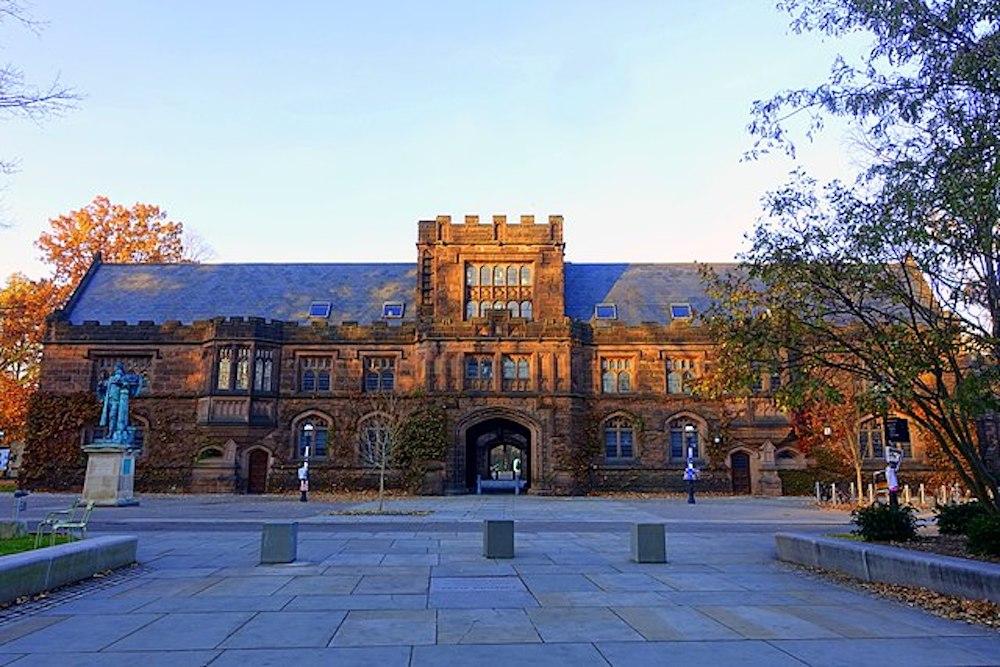
While Kip Thorne is a leading expert on the subjects of gravitational physics and astrophysics, he is arguably better known for his theory that wormholes found in space can be used for time travel. Born to academics, Thorne showed a precocious aptitude for science, and later became longtime friends with Stephen Hawking and Carl Sagan. At age 30, he became one of Caltech’s youngest professors in the school’s history. He has published over 150 articles and written several books, including Black Holes and Time Warps: Einstein’s Outrageous Legacy, which won multiple awards. In 2017, he added to his trophy case when he was awarded the Nobel Prize in Physics for “contributions to the LIGO detector and the observation of gravitational waves.” During his career, the theoretical physicist has been elected to multiple organizations, such as the American Academy of Arts and Sciences, the U.S. National Academy of Sciences, the Russian Academy of Sciences, and the American Philosophical Society. In addition, he has worked with director Christopher Nolan as a science advisor on several feature films, including 2014’s “Interstellar.”
Thorne first arrived on the campus of Princeton University in 1962, having just completed his undergraduate work in physics at Caltech. In 1963, he received a Master of Arts in physics from Princeton. But his studies were going so well that he decided to stay. While he was studying for his PhD, his mentor, John Wheeler, gave him an assignment problem for him to think over: “Find out whether or not a cylindrical bundle of repulsive magnetic field lines will implode under its own attractive gravitational force.” After several months wrestling with the nearly-impossible problem, Thorne proved that it was impossible for cylindrical magnetic field lines to implode. The following year, he graduated from Princeton with his doctorate. His thesis was titled, “Geometrodynamics of Cylindrical Systems,” which he completed with guidance and supervision from Wheeler, who is himself a relativist.
After earning two graduate degrees from Princeton, Thorne stayed at the university as a postdoctoral fellow in physics from 1965 to 1966. In 2018, the newly minted Nobel laureate returned to his alma mater to deliver the 43rd annual Donald R. Hamilton Lecture. The public lecture was titled, “Exploring the Universe with Gravitational Waves: From the Big Bang to Black Holes and Colliding Stars," and highlighted the history of gravitational research at Princeton. Among Thorne's points, he recognized the role of the university in providing the training and inspiration that underpinned the discovery of the first observation of gravitational waves—which had been predicted by Albert Einstein’s theory of general relativity more than 100 years prior. In short, Princeton has allowed towering intellects like Thorne to continue groundbreaking research in science.
